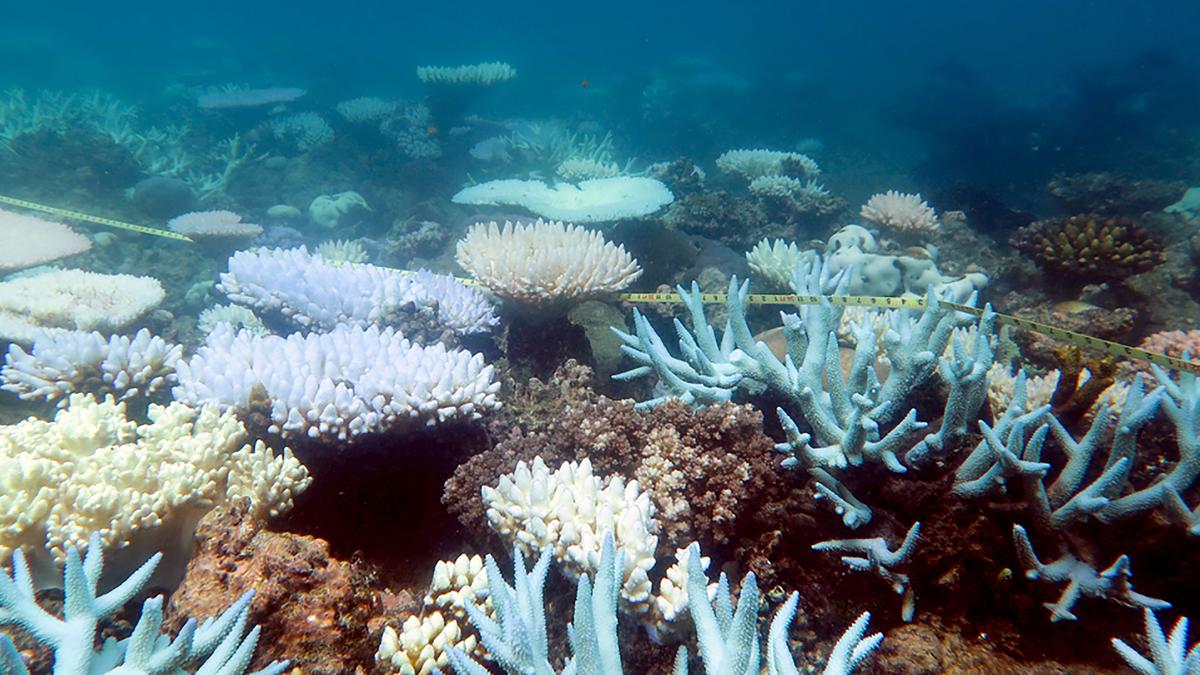
Australia's Great Barrier Reef in grip of 'mass bleaching event'
The Hindu
A “mass bleaching event” is unfolding on Australia’s famed Great Barrier Reef, authorities said on March 8, as warming seas threaten the spectacular home to thousands of marine species.
A "mass bleaching event" is unfolding on Australia's famed Great Barrier Reef, authorities said on March 8, as warming seas threaten the spectacular home to thousands of marine species.
Often dubbed as the world's largest living structure, the Great Barrier Reef is a 2,300 km (1,400 mile) expanse of tropical corals that house a stunning array of biodiversity.
But repeated mass bleaching events have threatened to rob the tourist drawcard of its wonder, turning banks of once-vibrant corals into a sickly shade of white.
"We know the biggest threat to coral reefs worldwide is climate change. The Great Barrier Reef is no exception," Environment Minister Tanya Plibersek said in a statement.
"We need to act on climate change. We need to protect our special places and the plants and animals that call them home." The damaging mass bleaching event — the seventh since 1998 — was confirmed by government scientists following aerial surveys of 300 shallow reefs.
The Australian Reef Authority said it would now need to conduct further surveys to assess the severity and extent of bleaching. Coral bleaching occurs when underwater temperatures are more than one degree warmer than the long-term average.
As corals come under heat stress, they expel algae living within their tissues — draining them of their vibrant colours. “Ocean temperatures along the Great Barrier Reef have approached record levels in the past few weeks,” according to official monitoring.













